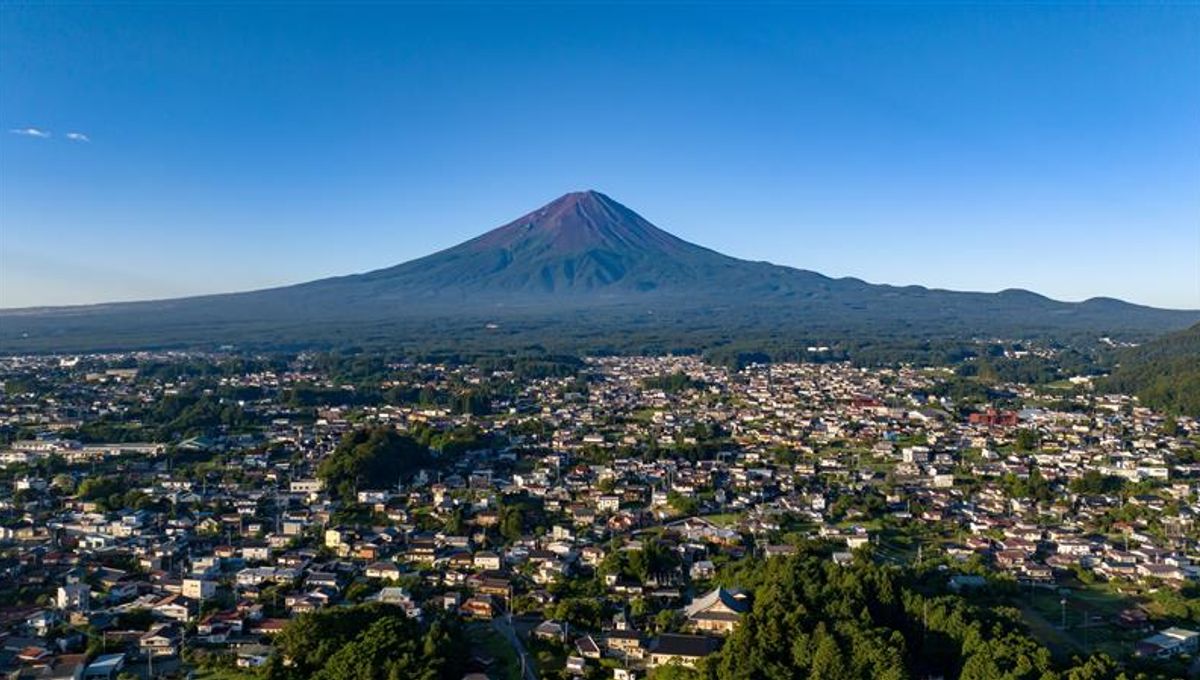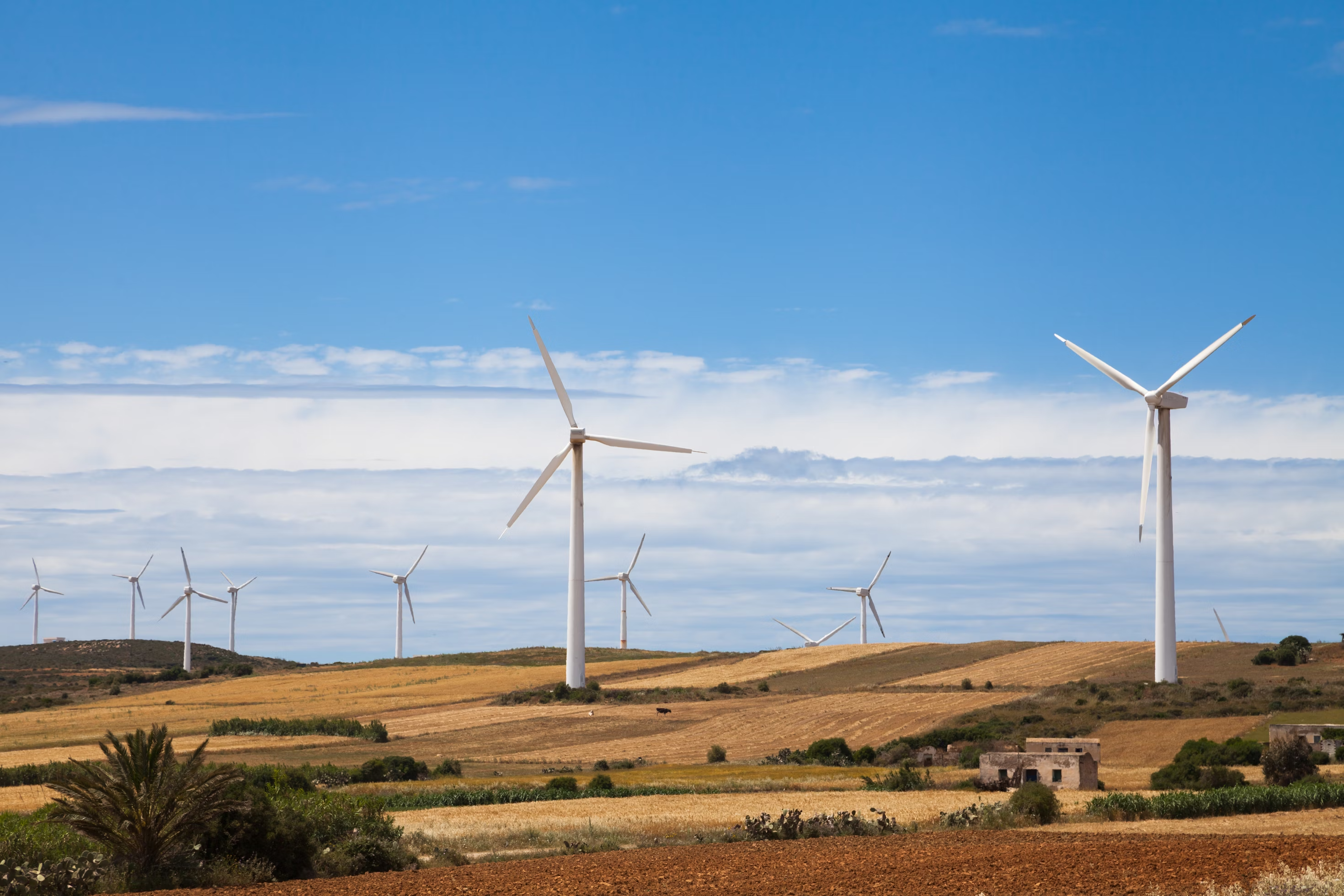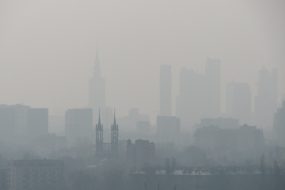
Mount Fuji is Japan’s iconic peak and experiencing an unprecedented delay in its first snowfall this year. This shows the latest date on record for the mountain to remain snowless. This phenomenon has raised questions about the underlying causes and implications of such weather patterns.
Unusually Warm Weather
Typically, Mount Fuji begins to see its first snowfall by early October. However, this year, the mountain has remained bare well into November. Then breaking the previous record for the latest snowfall, set on October 26 in 1955 and 2016. A series of unusually warm weather is a delay. It has persisted throughout the autumn months.
Japan experienced its hottest summer on record in 2023, with temperatures averaging 1.76°C (3.1°F) above normal from June to August. This trend of elevated temperatures continued into September and October. Then a more northerly position of the sub-tropical jet stream allowed warmer air to flow over the region. As a result, the conditions necessary for snow formation are the temperatures around freezing.

Climate Change Implications
While individual weather events cannot affected by climate change, the delayed snowfall on Mount Fuji aligns with global climate trends. Experts suggest that the increasing average temperatures during autumn are predictions following climate scientists’s warming world. The ongoing climate crisis has made extreme weather events, including heatwaves, more likely, contributing to the unusual warmth experienced in Japan this year.
Historical Context
The significance of this year’s late snowfall is underscored by the historical data collected over the past 130 years. The Kofu Local Meteorological Office has been monitoring snowfall on Mount Fuji since 1894 and confirmed the longest wait for snow since records began. The previous record of October 26 has now been surpassed, highlighting a concerning trend in seasonal weather patterns.
Broader Effects
The delayed snowfall extends beyond Mount Fuji itself. Warmer autumns and milder winters are becoming increasingly common in Japan, affecting not only the mountain’s snow cover but also the overall climate and ecology of the region. Additionally, the tourism industry, which sees millions of visitors trekking to Mount Fuji each year, may face challenges as the changing climate impacts the natural beauty and accessibility of the mountain.

Conclusion
The late snowfall on Mount Fuji serves as a stark reminder of the ongoing changes in our climate. As temperatures continue to rise, the traditional markers of seasonal change, such as the first snowfall, may become increasingly unpredictable. This situation calls for greater awareness and action regarding climate change and its far-reaching effects on our environment.
Read more on Lifetips.blog














